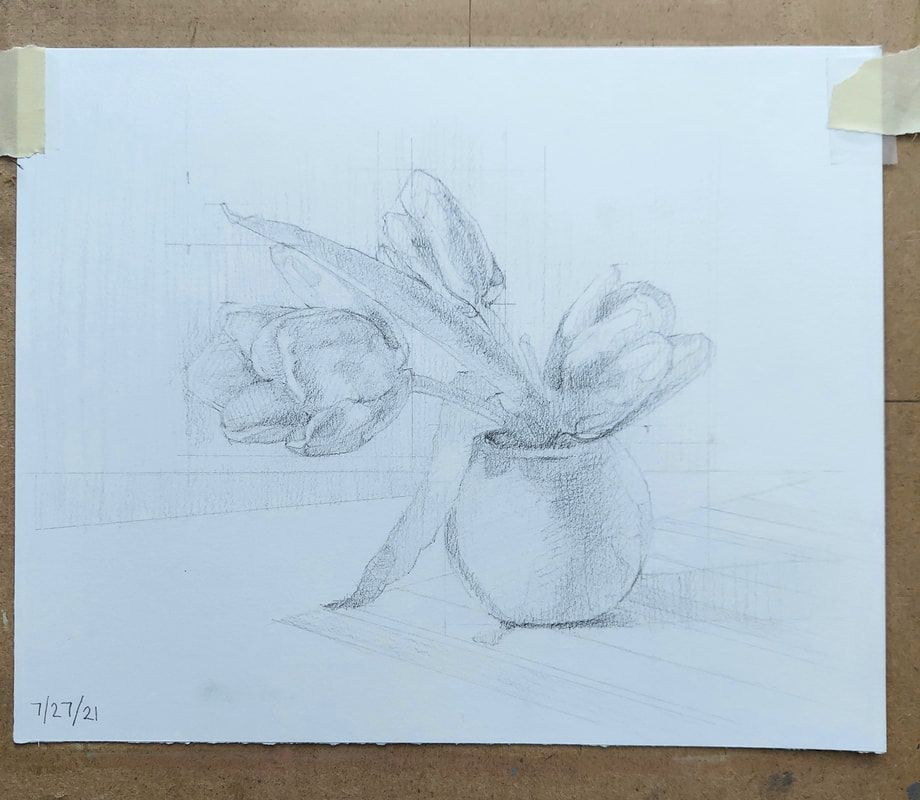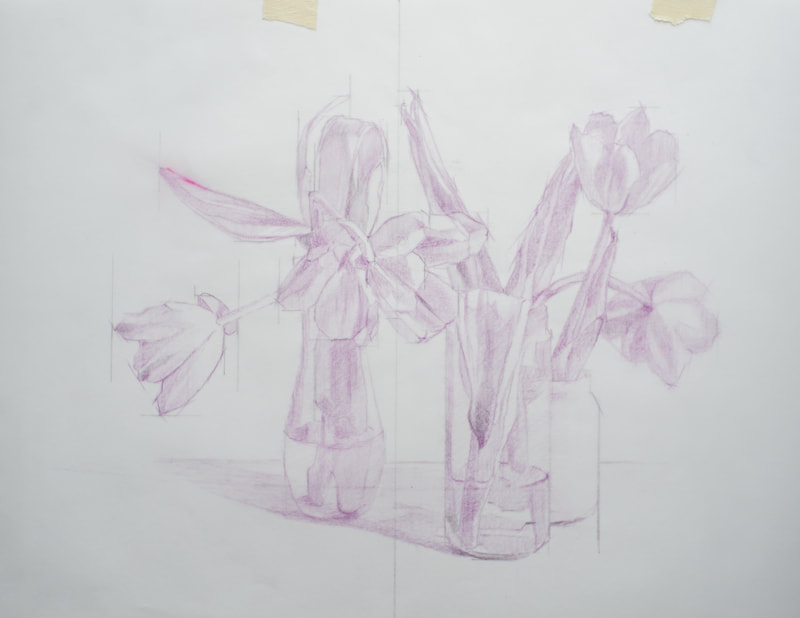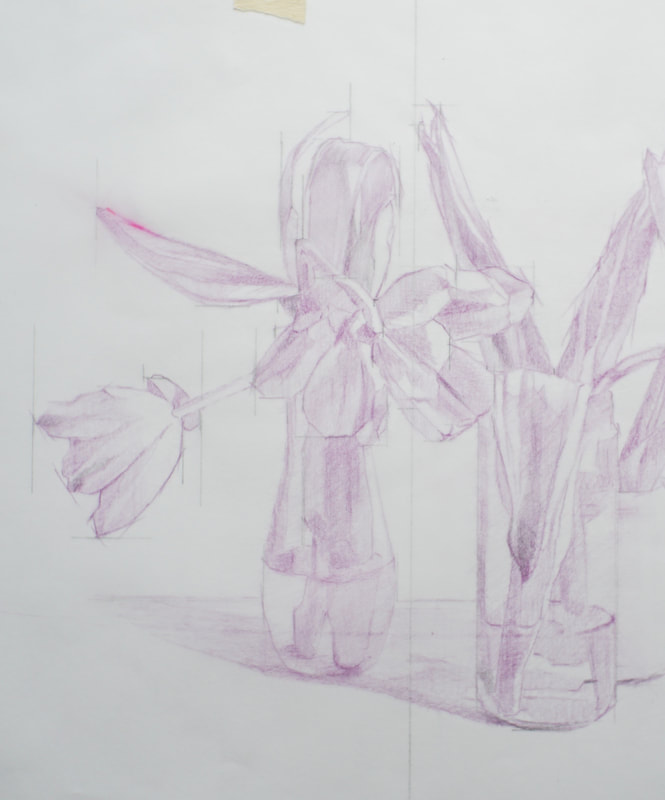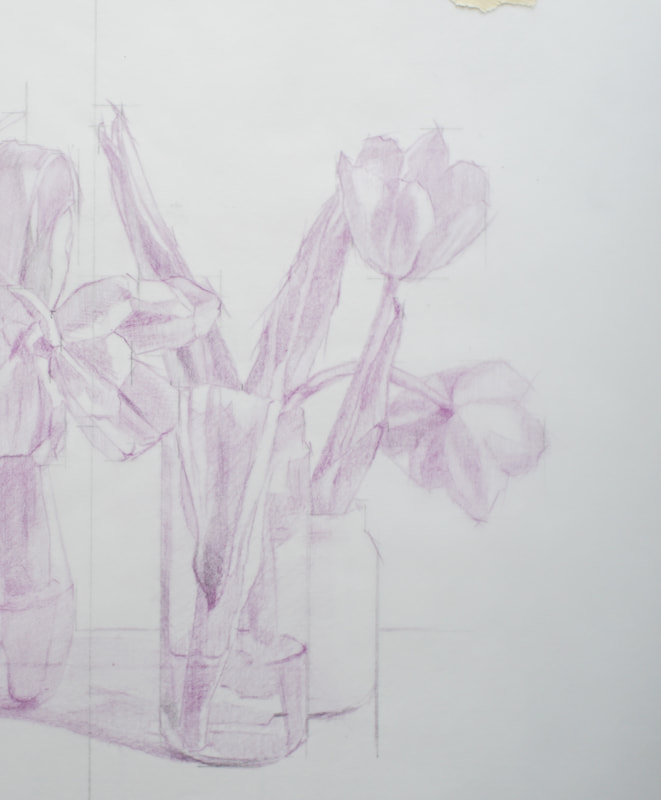If you are interested in learning to draw realistically, sign up for this self-paced course. Check out the course progression, contact Nicole if you have any questions, or purchase 12-week access to the class by clicking this link.
|
…. achieved the personal goal of finalizing my online beginning drawing course. It’s been years in the making. It’s amazing what one can achieve by setting a goal and making a plan. The bones of this class were established when I taught a studio drawing class at the University of Tampa. Of course, there have been several changes since that time. Those changes led to discovering the best progression to teach this skill. I have taught an iteration of this course to homeschool groups, privately to individuals and in the classroom. The current version comes complete with reading material, practice exercises and video instruction. The course is designed for the absolute beginner interested in drawing. This class features beginner drawing lessons for ages 14 and up. It's an affordable option for homeschool students and adults looking for self-paced instruction.
If you are interested in learning to draw realistically, sign up for this self-paced course. Check out the course progression, contact Nicole if you have any questions, or purchase 12-week access to the class by clicking this link. ….these past several months has improved my painting skills considerably. Here's a short video as I begin adding value to a drawing of Tulips. Click the image to get a glimpse of the process.
Some images of my preparatory drawing for “Pale Purple Tulips” in Violet. I love working in monochrome, I am able to match the color values closely, which eases the transition working from drawing to paint. The finished painting is available to purchase from UGallery here.
Ask yourself: how many minutes do I spend looking at a subject when taking a photo (non-photographers)? Does this time depend on the shutter speed of the camera? Do you just snap and walk away? Do you snap, look, delete and try again...are you scanning only the surface?
Cameras stop action for a second and record it as a small moment in the long life of the chosen subject (running, jumping, water waves, etc.). Drawing living things from direct observation records the life of the subject over a longer time frame, capturing the life of the subject. When an artist draws from direct observation, their eyes scan every single detail and centimeter of their chosen subject. Painting is a time consuming endeavor, and drawing is even more so. The artist devotes several hours to the drawing process and focuses on the subject for several days in order to achieve their desired result. Proportional mistakes are evident in a painting when the drawing hasn’t been resolved completely. In my experience, I have come to these conclusions about drawing from life:
Imagine honing the skills of observation in everyday life. What would improve in our lives with a keen eye for detail and observation? I believe there are so many benefits from drawing from life, both art and non-art related. My drawing students are warned prior to completing a drawing class: you will begin to notice things you haven’t noticed before, not just value or composition, but observation and improvement in other areas. Focus improves. Decision making improves. Observation improves. Carefulness and Intentionality improves. Creativity improves and informs problem solving. If you are interested in learning the skill of drawing, my drawing class is offered entirely online, learn at your convenience! Contact me for more details. |
Nicole LamotheForever learning... working towards mastery, sharing my artistic growth, knowledge and insights. Archives
May 2024
Categories |




 RSS Feed
RSS Feed